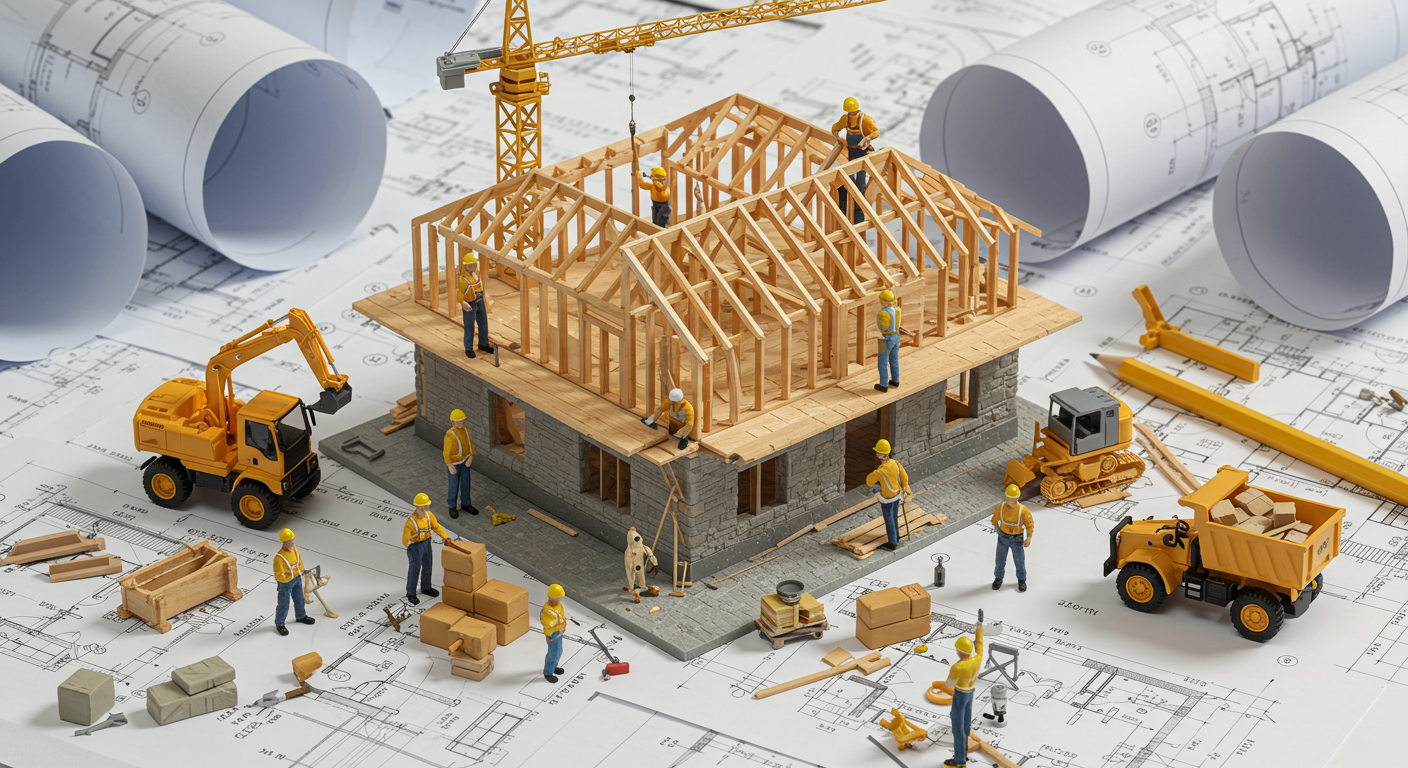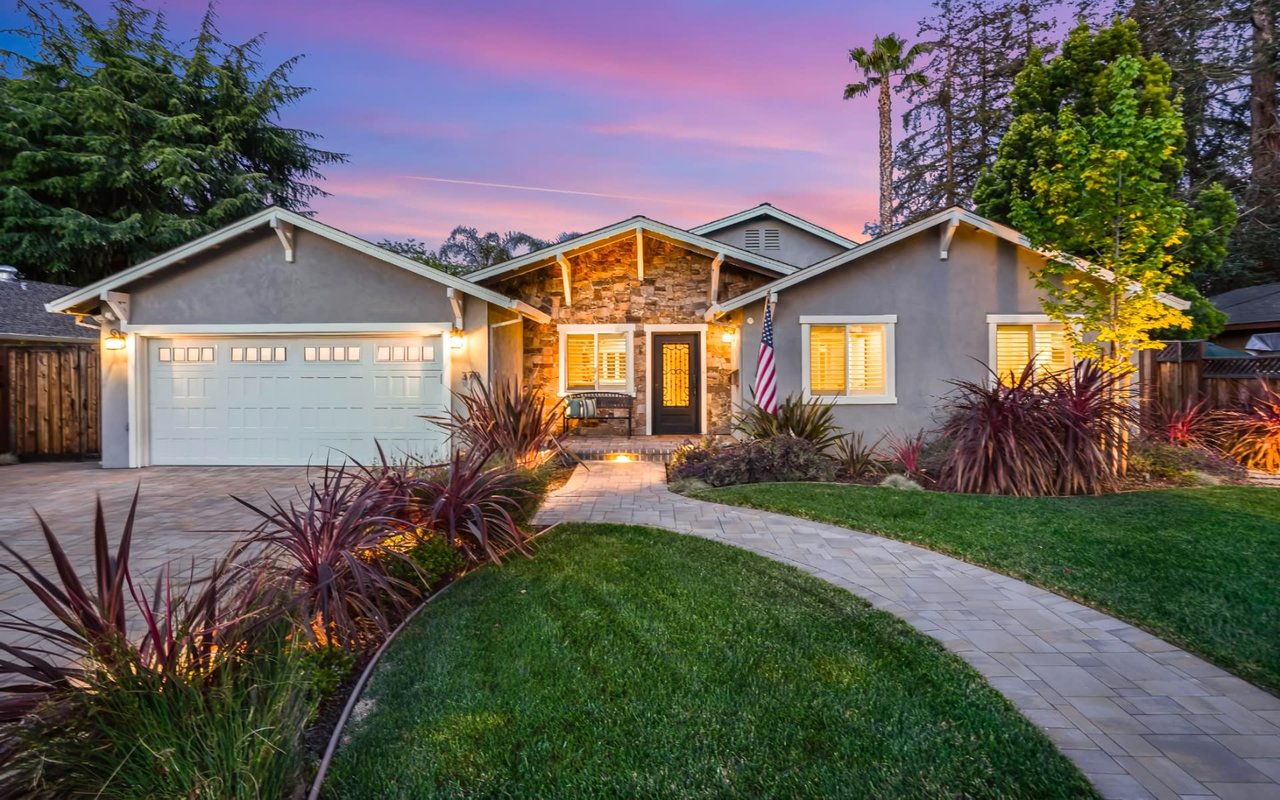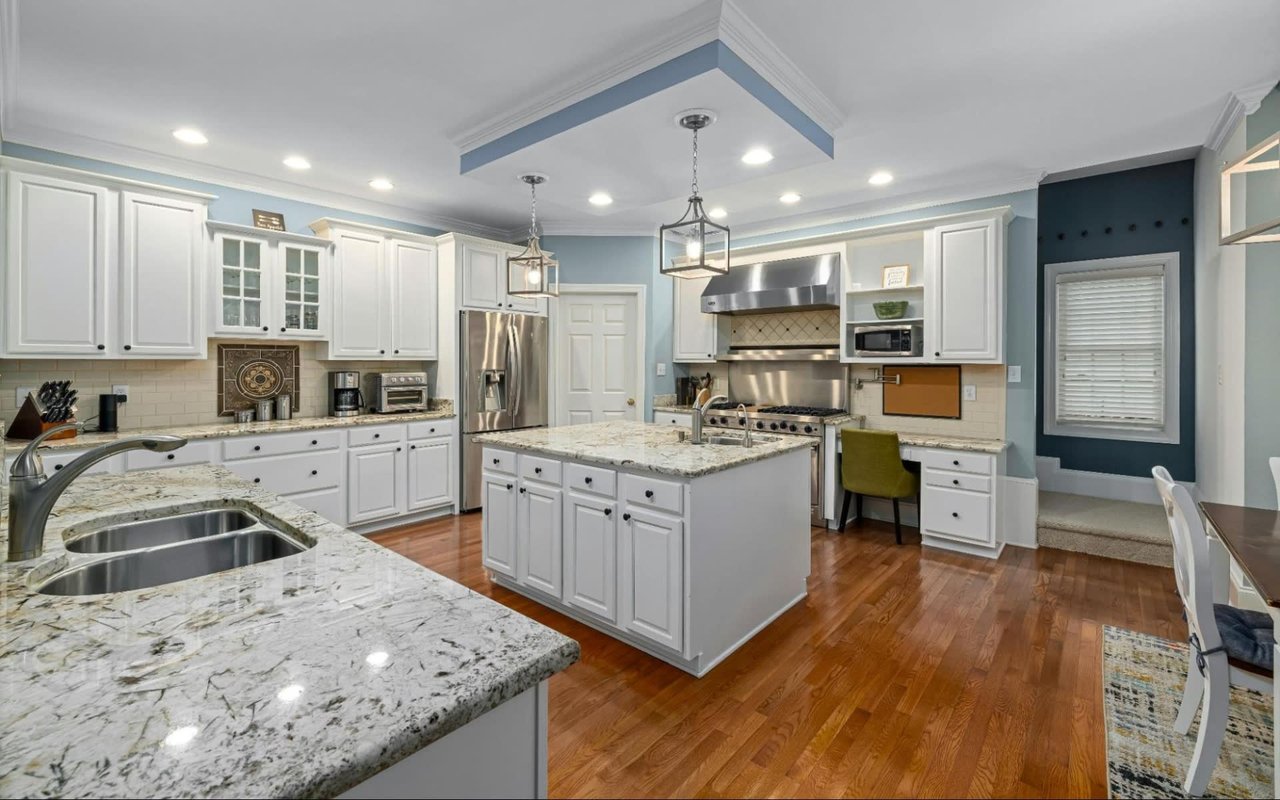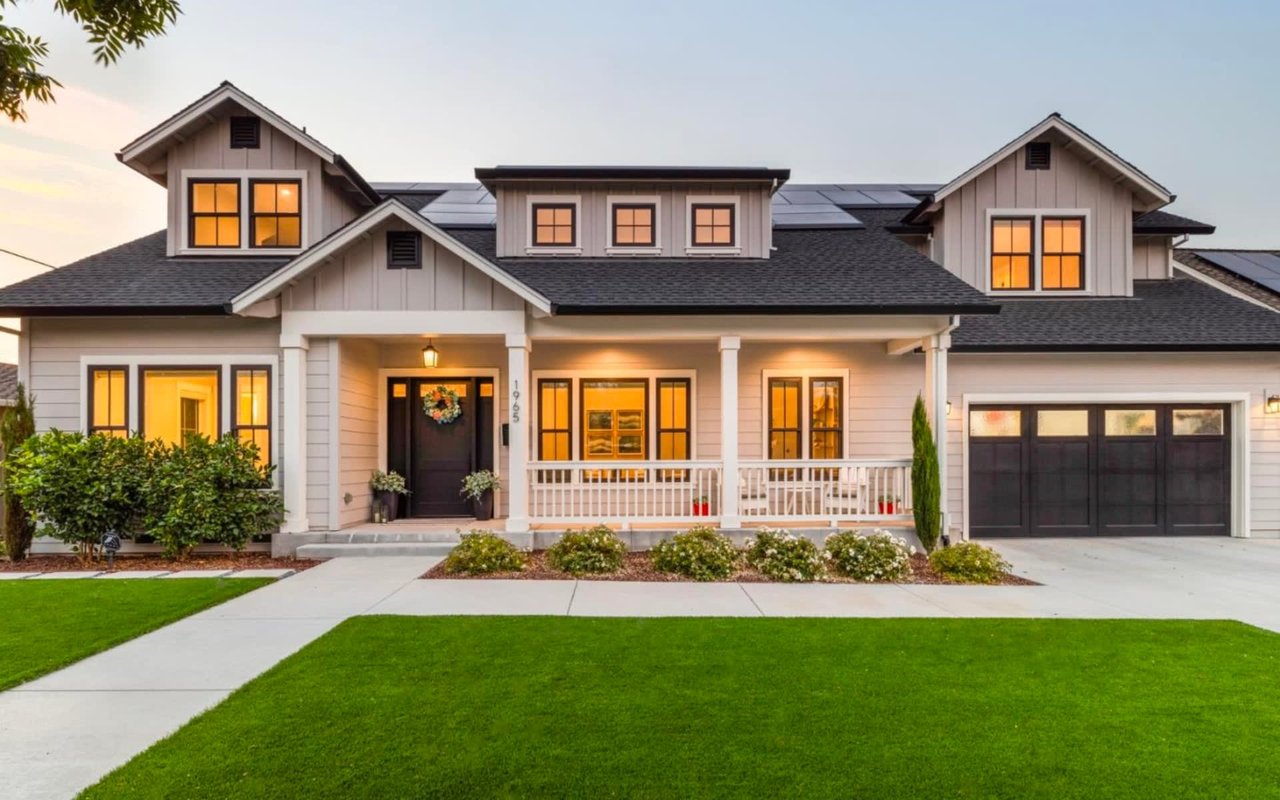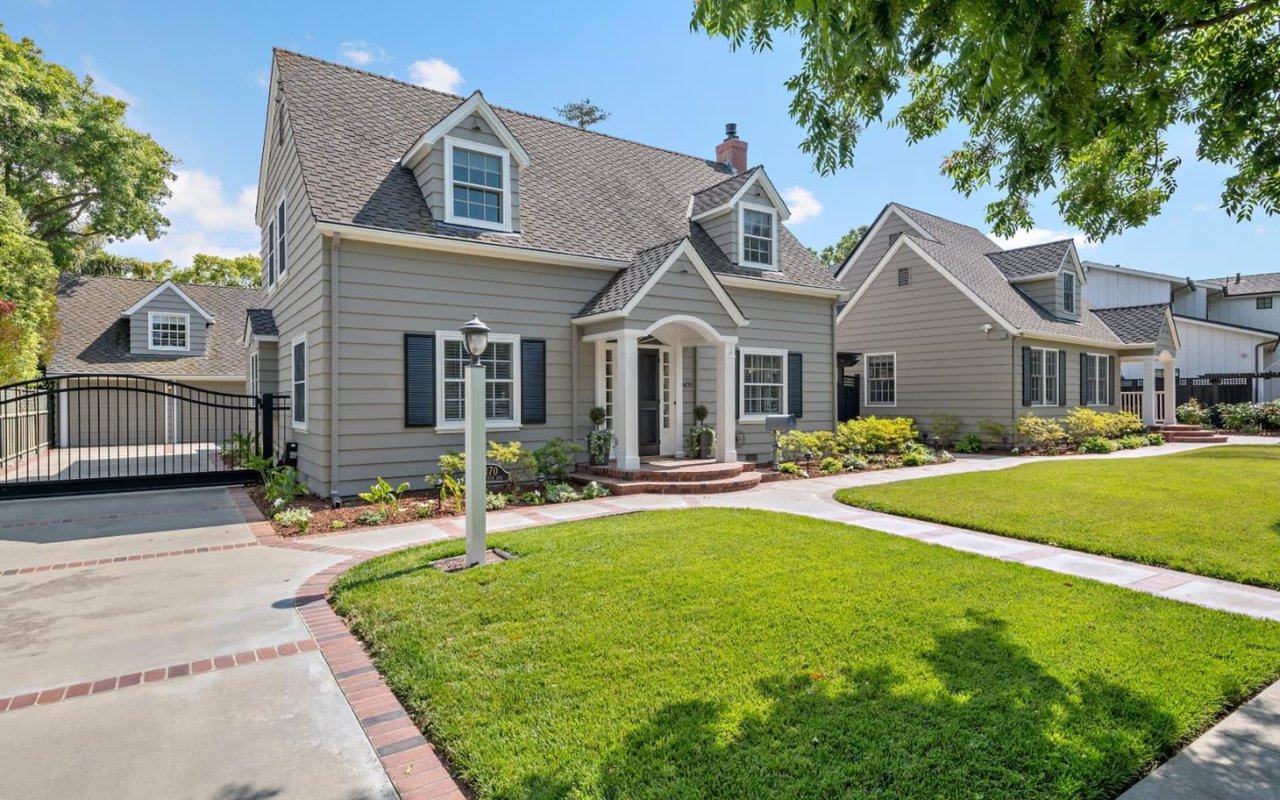How to assess the quality of a newly constructed home
In 2017, there were 137 million housing units in the US (Source:
Statista) and the vast majority of these homes are old, quite old – according to the
Realtor® Magazine, with the median age of owner-occupied homes in the US as 37 years, of which 38% built before 1978 (when Jimmy Carter was President and Grease was the hottest movie around!). From 2013-2017, only 3 Million new homes (4%) entered the housing stock. For whatever reason, few new homes are being built.
New homes are typically larger, built to more stringent building codes, and are more energy efficient. My bias is that if you can afford it, buy a new house, especially in seismically impacted areas like California, so you can take advantage of updated building codes and modern materials and technologies (flame-resistant wall boards, superior electrical insulation, engineered lumber, steel sheer walls, etc). The average single-family home today is designed to be significantly stronger than one that was built 40 years ago! Hence, people are willing to pay a premium for new construction!
Here is a quick comparison chart for the pricing of new and existing homes.
| |
Willow Glen, San Jose (95125) * |
Nationwide ** |
| Median Price – Existing Home |
$1,464,000 |
$231,000 |
| Median Price – New Home |
$2,725,000 |
$315,000 |
| Premium for New Construction |
86% |
25% |
The price premium in Willow Glen, San Jose for new construction is 86%! For that hefty premium, how do you know that your money is being well spent?
On the surface, most developers do a fine job with all the shiny trinkets that can excite new homebuyers (Granite countertops, German faucets, wide-plank French-oak floors). But the true answer lies in the infrastructure! Is the house well built, or merely adequate?
Here are some steps you can take to really assess the quality of construction:
Research the Builder
There is a HUGE variation in Builders! Investigate their portfolio and reputation. In today’s digital age, it is hard for shoddy work to go unreported. One site that appears to be useful in this regard is
this. (Full disclosure: I don’t have any affiliation with them).
Get the Structural Engineering Report
Every new construction requires a structural engineering report that details the foundation, framing, etc. You can make some crucial determinations by looking at this report. This is not easy for a layperson (you can always consult an expert), but there are some elements that are easy to detect. For example, the use of engineered floor joists vs. standard 2×4 lumber, the number of hold-downs (metal elements that connect the wood framing structure to the foundation).
Look for Evidence That Code Has Been Exceeded Vs. Barely Met
Good developers exceed code wherever feasible because the incremental cost of exceeding code is not outrageous, just requires smart thinking and good consciousness.
- HVAC – Listings typically tout the brand of HVAC units (e.g. Carrier, Bryant, etc), but find out what is the level of efficiency of these units. Is it minimum code 85% single-stage or an upgraded higher efficiency 95%+ multiple-stage system, which can make all the difference in your utility and repair bills later?
- Windows – Window and door manufacturers have an entry-level line squarely targeted at contractors and builders. Look to see what brand and grade of millwork is present throughout – is it entry-level vinyl or upgraded wood windows and doors? The brand is usually stickered or embossed in the glass. Research the manufacturer, as not all warranties are transferrable to new owners.
- Gas and Plumbing –Conscious developers will upsize the gas pipeline or the water line, knowing that family demands can increase over time (perhaps you want to pipe gas to the backyard for a pizza oven later), and changing an existing infrastructure later is quite expensive.
- Insulation – High-end custom homes should be designed with 2×6 exterior walls to allow higher than minimum R-Value insulation. Ask for the level of insulation present. Also, insulation is not required by code between floors, but most good developers insulate the floors to reduce noise transfer from the upper level. This makes a huge difference in the overall enjoyment of the house.
Test the Finishes
When you walk through the house, look for red flags that can warn you of sub-par construction:
- Carry a marble with you, you will be surprised that a large percentage of homes don’t have flat, even floors. Drop the marble at one end of a room and watch if it rolls to the other side!
- Look at the bottom edge of doors and closet doors, if they have been sawn off unevenly, that is another sign the floor is uneven.
- Jiggle faucets and door handles to ensure they are reassuringly firm.
- Close doors somewhat forcefully to see if walls shudder (particularly important for the heavy entry doors).
- Walk barefoot on tiles and look for uneven tile levels and or uneven grout lines.
- Close the kitchen drawers, hopefully they glide smoothly and close softly.
- Look at the overall paint job – it is usually a good indicator of the attention to detail present throughout the construction.
Use Inspections, Insurance and Common Sense
- Ask for the final inspection report from the builder. You can verify that the final inspection stamp has been granted by the city and you can see the notes the City inspectors have made along the way as the home was being built.
- Hire your own independent inspector and have him or her do a thorough review; don’t assume that just because the house is new, everything will be great.
- Builders typically provide a 1-year warranty, you can purchase up to 5 year home warranty at the time of home purchase.
Conclusion
When you are buying a custom new home, you are likely making the most expensive purchase of your life. And if you are buying a new home in San Jose 95125, you are paying an 86% premium over an existing home. Hence, it’s crucial to do your due diligence and work with a Realtor® that has experience with new construction, that can not only help you differentiate construction quality, but also protect you with special paperwork required for the purchase of new homes.
Next Steps
Pls contact me at
[email protected] and I will be happy to help you buy a new home that will meet the standards of even the most discerning buyers.


